Welcome to the first Substack newsletter of the new season! I’m keeping the “Back Four” name, but we’re adding an extra section into the mix to deep dive opening weekend in the USL Championship and USL League One.
As always, check out Backheeled. My first power rankings of the year are out, featuring 6,000 words of analysis and a number of original graphics covering all 24 clubs in detail. I’m super proud of the result, and you can expect that level of obsessive coverage every week. Also, please watch the new episode of This League! when it drops on YouTube on Tuesday – we covered all the matches from the Championship weekend, and we’re looking for feedback whether good or bad.
Without further ado, let’s get to it.
Orange County outburst
The best soccer teams maximize their best players. It’s an utterly pithy statement, but it’s true! Under Danny Stone, Orange County has consistently put their stars (e.g., Chris Hegardt, Ethan Zubak) in spots where they can shine.
On opening day, Stone upped the ante. Hegardt finally got extended minutes in a midfield also featuring Kyle Scott, for one thing. Most importantly, OCSC figured out how to fit 16-year-old Pedro Guimaraes into the team while accommodating Ryan Doghman – all without sacrificing a hint of defensive integrity.
This chance from early in the second half encapsulates Orange County’s huge night. It’s the combination of intricate, patient set-up in the midfield and a complementary ability to quickly break that stands out. OCSC’s average pass traveled just 4.4 yards in Week One (third-lowest in the USL) but they still managed to post an eye-bulging 0.7 xG on the counter because of that tempo modulation.
You see it above. Tom Brewitt, who captained the side from central defense on his debut, begins this play by beating four Oakland pressers with a single pass into the feet of Kevin Partida. Immediately, Partida turns upfield and gives OCSC a three-man overload in the center of the park.
Two developments ensue. Partida hits Chris Hegardt at the No. 10 spot in Orange County’s 4-2-3-1ish shape, but Hegardt knows he’s about to be closed down on his backside. Rather than risk a turnover, he lays off the ball to Scott in open space. Meanwhile, all three of OCSC’s attackers – Ryan Doghman, Ethan Zubak, and Cameron Dunbar – are already making vertical runs upfield to position themselves as receivers on the end of a Scott through ball.
It’s a wonderful example of the Orange County system at its best, but it’s punctuated by a new innovation in 2025: the combination play of Doghman and Guimaraes.
Though Guimaraes took just two touches in the box and didn’t attempt a dribble (per the bean-counters), his runs to the inside of a wider-placed Doghman evidenced a wonderfully mature handle on the game. Though he’s only 16, Guimaraes constantly made the right decisions. In this case, he distracts the Oakland defense just enough to allow Doghman to cut inside for a dangerous shot.
The scary thing? Bryce Jamison didn’t play on Saturday, nor did Lyam MacKinnon. Tristan Trager only got a cameo off the bench. Guimaraes, meanwhile, is only going to get better with age. Danny Stone’s system is ticking, and star-caliber reinforcements are already waiting in the wings.
Lexington makes the leap
Was there a more dominant performance in Week One than Lexington’s 2-0 win over Hartford? Not for my taste. The numbers bear it out, given that LSC routed their guests 1.46 to 0.36 on an xG basis. The eye test said the same thing: the Championship’s newest member trusted their system, gracefully switching between a 4-4-1-1ish press and 3-2-5 offense without ever missing a beat.
Kieran Sargeant underpinned the formation. Signed on loan from MLS’ Houston Dynamo this offseason, the 21-year-old knew exactly when to advance into attack and when to stay home defensively. Last season in MLS Next Pro, Sargeant posted 2.8 takeaways but also got 3.1 touches in the opposing box per 90 minutes, and that two-way quality was immediately obvious – especially in the run-up to Lexington’s decisive second goal.
Let’s break that play down into a few stages.
You start above with Lexington on the back foot in a back-four block. Hartford advances up LSC’s left side, and winger Braudilio Rodrigues applies pressure onto their ball carrier. I haven’t called him out, but you’ll also note striker Cameron Lancaster ever-so-slightly visible on the left side of the frame, dropping to deny a pressure-relieving backpass.
Meanwhile, the rest of the LSC defense maintains the “banks of four” compactness. Because of the organized defending, Hartford has to squeeze a centering pass into a tight window, and Sargeant – part of the four-man back line marked in bright green – can step to intercept.
Sargeant gets the takeaway, immediately working the ball to attacking midfielder Braudilio Rodrigues and making a direct forward run of his own. You can sense how Lexington immediately turns on the jets, trying to push five attackers upfield as quickly as possible.
One of those five players, winger Eliot Goldthorp, is already thinking ahead. He’s not even in frame in the second screenshot, having sliced across the Hartford defense to replace Lancaster as a proxy No. 9 and receive from Rodrigues on a breakaway. Moments later, it’s a goal for Lexington off a tremendous counter that wouldn’t have been possible without Sargeant’s two-way brilliance.
Was Hartford bad this weekend? I mean, yeah. Still, Lexington showed me a lot thanks to sequences like this, and they seemingly have the tools to make genuine noise in the West this year.
Languid Legion, liquid Loudoun
Here’s Tommy McCabe not being pressed by the Birmingham Legion:
Here’s Tommy McCabe not being pressed by the Birmingham Legion again:
For good measure, here’s a second-half sequence where Birmingham keep their forwards (in gold) tight against McCabe but leave the center backs unperturbed. McCabe might be the first read for Loudoun, but there’s a second option. The guests can work around the left edge, and a timely close from Lucca Dourado won’t be enough to stop it:
My sources tell me that these sorts of plays are, uh, not good! The first two sequences end with McCabe pushing Loudoun into the final third, once with a chipped pass into a diagonally running Zach Ryan and once by forcing a knockdown that’ll be claimed by Keegan Tingey and pursuantly converted into a rebound goal by Abdellatif Aboukoura.
All credit to Loudoun. I published a piece like two weeks ago doubting that their “run it back” strategy would bear fruit in 2025. It’s too early to draw conclusions, but Ryan Martin’s choice to withdraw a center back (as compared to his end-of-2024 shape) and go more aggressive in attack paid off instantly. People often declare that particularly slick clubs are playing liquid football, and Loudoun’s 4-2-3-1ish shape fit that bill.
I loved their third goal in particular, which isn’t highlighted above. That sequence featured quick side-to-side circulation at the back, ending at Kwame Awuah’s feet at left back. Because of – you guessed it! – a meek closedown, Awuah had time to hit Aboukoura making a scintillating run into the channel. Moments later, the Egyptian international cut back to Ryan slicing between center backs to put the game on ice.
Yeah, Loudoun looked like a juggernaut, but this match was as worrying as can be for Birmingham. Enzo Martinez wasn’t in the team, but the utter lack of intensity from their 4-4-2ish press was concerning. You see it as clear as day above, and the numbers back up the problem: the Legion’s average defensive action came a measly 33 yards upfield, barely two-thirds as high as Loudoun’s and 20 yards less than a pressing team like, say, Sacramento.
I spent the entire preseason talking about Birmingham’s intensity and the height of their line of confrontation, and those areas were flashpoints in Week One. Neither Danny Trejo nor Ronaldo Damus got involved, and neither found a rhythm in any phase. Things need to change if the Legion want to compete with the East’s top teams – a group that includes Loudoun until further notice.
Richmond, Tormenta, and settling in
The League One season opener, a barnburner between Tormenta and Richmond, was a testament to continuity. South Georgia may’ve come up with the brightest and most enticing moments on balance. Still, the Kickers’ trust in Darren Sawatzky’s system and retention-powered chemistry carried the day – and could make Richmond a sneaky contender.
Ian Cameron essentially set his side up in a 4-2-4, and there was a clear intention to work over the top into wide speedsters like Jonathan Nyandjo. The pay-off was inconsistent to be sure. You could see the ideas in motion whenever Gabriel Alves (eight final-third entry passes) got a touch on the left or when Aaron Walker (seven-for-seven on long balls) received on the turn up the middle, but the timing of movement ahead of them wasn’t always harmonious.
Still, when it hit, it hit. Mason Tunbridge was the catalyst for those moments.
Tunbridge – the closest thing to a No. 10 positionally within the Tormenta front line – was able to challenge the Kickers’ central defenders with his bobbing movement out of the right halfspace. Sometimes, he’d make the direct runs over the top. At other points, his gravity from deeper positions opened up gaps for teammates to go vertical. Thanks to a meek Richmond press, Tormenta could execute to their heart’s content early on.
South Georgia’s early penalty was a case in point. In the face of a one-man Kickers press, it was easy to access right winger Niall Reid-Stephen, who then played catch with Tunbridge until an underlapping Oscar Jimenez arrived from right back.
Richmond essentially started with a 4-1-4-1 defensive formation that didn’t seem interested in applying much heat beyond the halfway line. Emiliano Terzaghi felt isolated up top. We saw Darren Sawatzky roll with this “Dakota Barnathan as the No. 6 and five players ahead of him” shape late in 2024, but it rarely looked so passive back then.
Hence, a change. Chandler O’Dwyer, used as a hybrid No. 8 in the four-man midfield line, began to step up. He ultimately finished two-for-two on tackles and put in 12 duel attempts. As soon as O’Dwyer got aggressive, Tormenta lost access to their better passers, and the extremity of their vertical attack began to create imbalances
As good as the wingers were on the run, both Reid-Stephen and Nyandjo fell asleep far too often in recovery situations. Richmond’s left-to-right breaks that targeted the latter were especially potent – in terms of space exploitation, yes, but also in the way they activated the pairing of Hayden Anderson and Simon Fitch.
You see it here. Nils Seufert, circled in red, finds a pocket amidst the four Tormenta forwards, none of whom are remotely interested in getting a stop. Only striker Sebastian Vivas is even ball-side! The result? Fitch can push ahead, create a two-on-one as Anderson receives, and it’s a Kickers goal just like that.
As soon as the Kickers broke the early possessive stranglehold, their quality began to shine through. Both O’Dwyer and Darwin Espinal – who started on the left wing despite being the all-time leading scorer in NISA – flashed an excellent sense for direct runs into the channels. Seufert looked wonderfully steady as a side-to-side distributor up the middle, the kind of player that can keep a pass-first offense ticking. The German import later right-footed the game-sealing goal off a nice spell of hold-up-turned-direct-running from Espinal.
The big takeaway? Richmond is going to be able to score by committee, which was a major quandary for me in the preseason. Tormenta, meanwhile, has a star in Tunbridge, but it’ll matter little unless they figure out their organization. That’s the main distinction between these clubs for now: the Kickers have mastered their identity, and South Georgia is still figuring out the all-important who are we? question.
Takeaways from Greenville-Westchester
First games are always nervy affairs, and especially so for expansion teams. That seemingly wasn’t true for a Westchester SC team that looked as composed as can be on Saturday, even while playing without Kemar Lawrence and Rashid Tetteh. That Westchester earned a draw away to Greenville is a testament to their mettle.
Despite being outpossessed by a patient Greenville for the lion’s share of their debut, Dave Carton and co. pounced when the moment arose. Patience was the stock and trade of the Charlotte Independence teams where Carton cut his teeth as an assistant, and the pedigree carried over during WSC’s debut.
Westchester set up in a 4-4-2, opting to build fairly directly from the back. Pivot partners Conor McGlynn and Dean Guezen (who combined for eight recoveries) weren’t asked to be progressive. Instead, both took on stabilizing two-way roles that second ball claims and defensive spatial denial more than anything else.
Nowhere was that character clearer than off of restarts. Westchester tended to bunch both center mids in one zone and slide their ball-side full back high when playing long from the back, allowing them to collapse on knockdowns. That exact formula fueled their first-ever goal, a JC Obregon penalty that only came because of midfield battling and immaculate 4-4-2 organization.
Without possession, WSC did well to arc their closing runs and deny the Triumph easy access to their own midfield. Smart defensive play on the wings and the ability for either McGlynn or Guezen to step into a passing lane limited the impact that, say, Chapa Herrera could make for the hosts.
There were some 4-3-3 defensive principles on show to boot, largely as a response to the Greenville formation. Rick Wright’s side pressed in a 4-4-2, but they pushed right back Connor Evans (a rookie out of the University of Portland) high up like a winger in possession. It’s a typical move for the Triumph, and it rendered their on-ball look as more of a 3-2-5.
Westchester’s response? Let right winger Joel Johnson flex up to mark a lower-dropping Tyler Polak (the low Greenville full back) allow left winger Jonathan Bolanos to stick a bit deeper.
It’s a shape that Wright has returned to for a reason: it works. Despite losing starting left winger Michael Gonzalez early, the Triumph’s best route to offensive success was to target the channels and maximize their width. Evans, who showed off a wonderful crossing range on six attempts and created two chances, excelled at that task on the right. Eventually, Greenville earned their tying penalty by playing straight over the top into striker Leo Castro.
WSC prioritized solidity in the back half, shifting Johnson into the defensive midfield of a 4-2-1-3ish look where Guezen took on a proper No. 10’s deployment. Meanwhile, Stephen Payne – a player that’s been accused of defensive shortcomings even while maintaining an all-USL level in Madison – stood on his head whenever a one-on-one against Ben Zakowski arose.
Both of these teams felt sharp, ultimately. I’ve not even hit on Zane Bubb’s steady passing under pressure, the fun of Samory Powder’s right foot applied at the left back spot, or Dane Jacomen’s good-but-nervy sweeping – these teams have a lot going for them! We don’t get a rematch between Greenville and WSC until July, but it could be a title bellwether if things shake out right.
Final Thoughts
In other news this week…
Kudos to Naples for posting a near-5,000 crowd in their first match! There was a play about 60 seconds in where left back Julian Cisneros pushed all the way up into the right halfspace, and it set the tone for what was a wildly energetic match from the rookie. Cisneros – a right-footer, by the looks of it – ended up going 1-for-5 on dribble attempts and 5-for-14 on duels, but the Loyola product had the spirit. His energy was emblematic of the aggression Matt Poland wanted from his full backs on the edges of Naples’ 4-1-4-.
Naples was quite direct from the back in general, and they really liked to target Andres Ferrin as their long outlet in the right channel. Ferrin became the first goalscorer in club history before the 90 minutes were up, but his battling across seven total aerial duels caught my eye. A debuting Eric Kinzner on the Chattanooga side did really well to rein him in for the most part, but it’s still a fun tic to note for Naples.
Also: still a big fan of Chattanooga pushing centermost defender Declan Watters into the pivot in build. Less sold on their chemistry in the final third.
Jake LaCava is back, folks. He looked like a man possessed on San Antonio’s left wing, driving at any and all defenders whenever he got a touch. I loved how SAFC fanned out into what was effectively a 3-2-5 in attack, dropping Almir Soto between the center backs, pushing the full backs high, and putting a premium on wide combination play. Refreshing stuff under Carlos Llamosa.
Elsewhere in Texas: not entirely sold on El Paso’s attack, but I loved the aggression of the Coronado-Daroma pivot as markers and thought Amando Moreno looked vintage.
If you missed it, my podcast co-host Ryan Allen is back with has betting odds-centric weekly USL column. The odds aspect is obviously the main draw, but Ryan brings incredibly fun pop culture tie-ins and the most deeply researched stats out there. Highly recommend a subscription.
PHNX’s Owain Evans has a great look at Rising’s up-and-down season opener that you ought to check out.
The Righteous Gemstones is back on HBO and continues to be my favorite thing on television. All shows should have a Civil War prequel premiere, frankly. Danny McBride is the man, and I’m bummed that the show is entering its final season.
That’s all, folks. See you soon!
Cover Photo Credit: South Georgia Tormenta & Loudoun United Twitter; Orange & Black SoccerCast



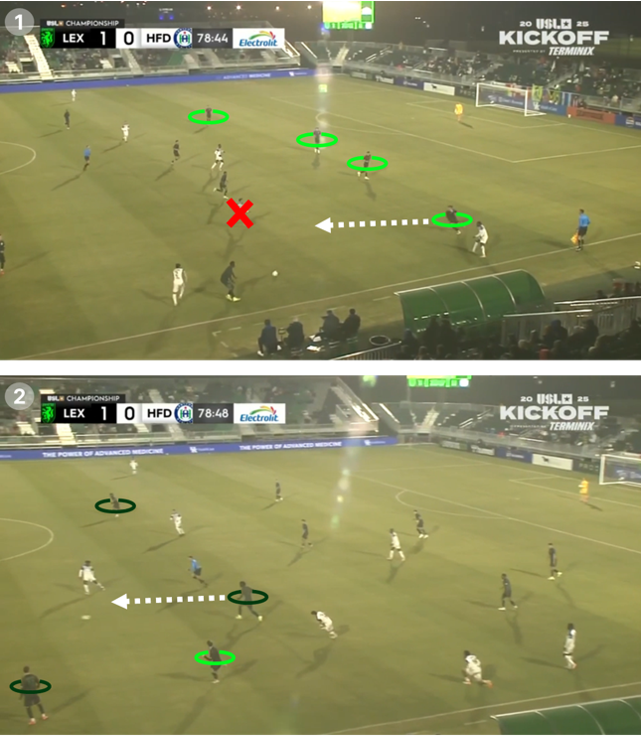
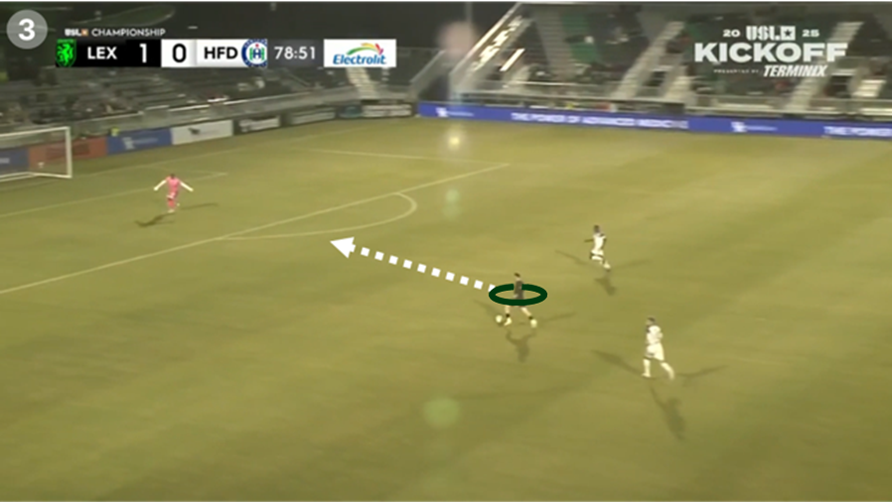
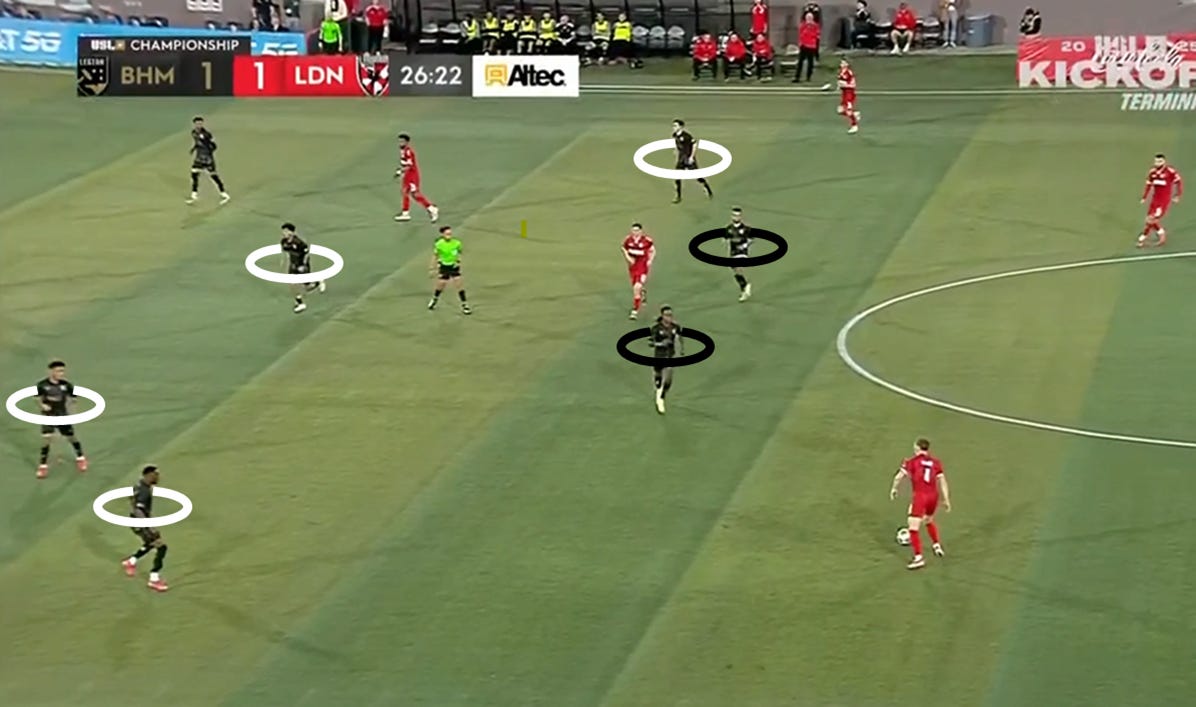
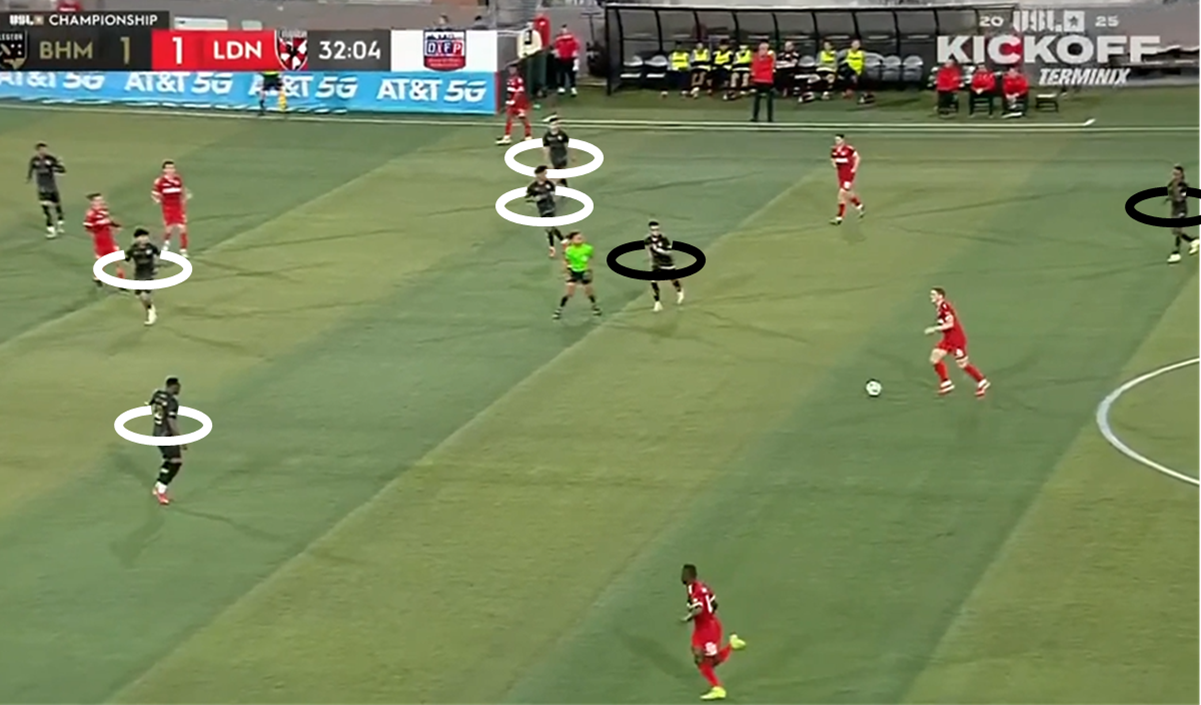
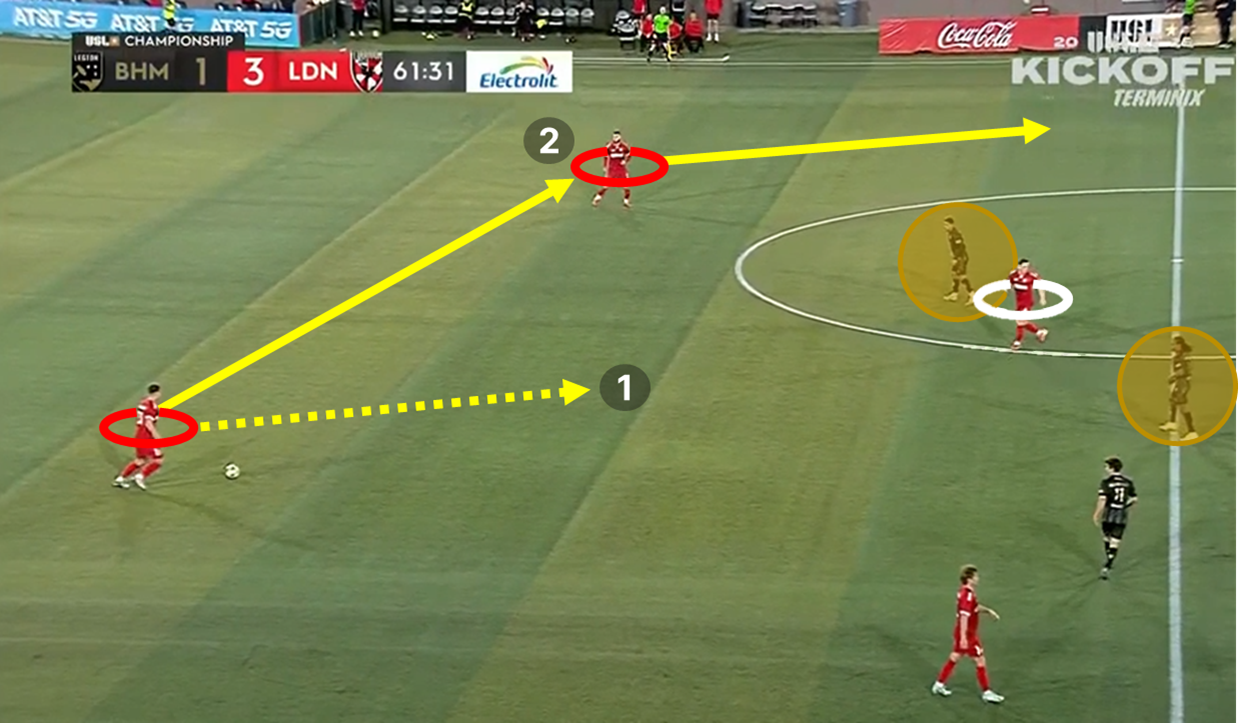
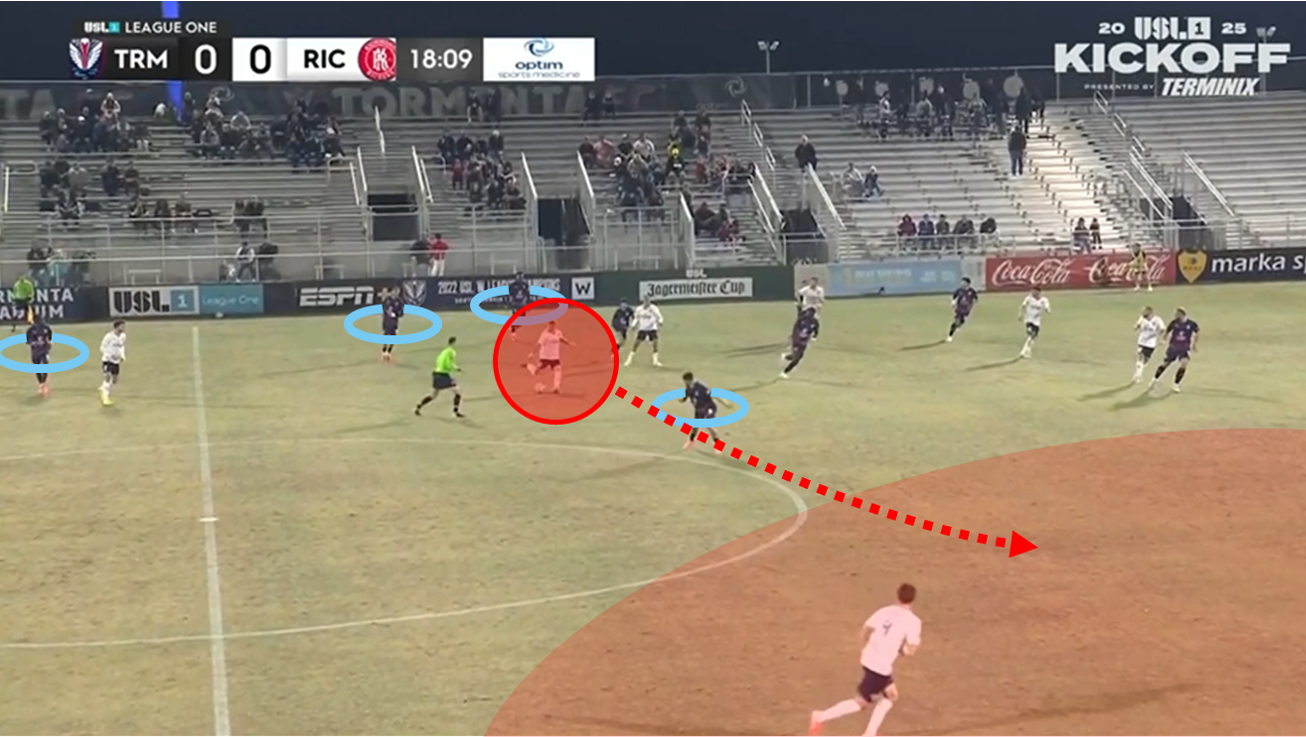
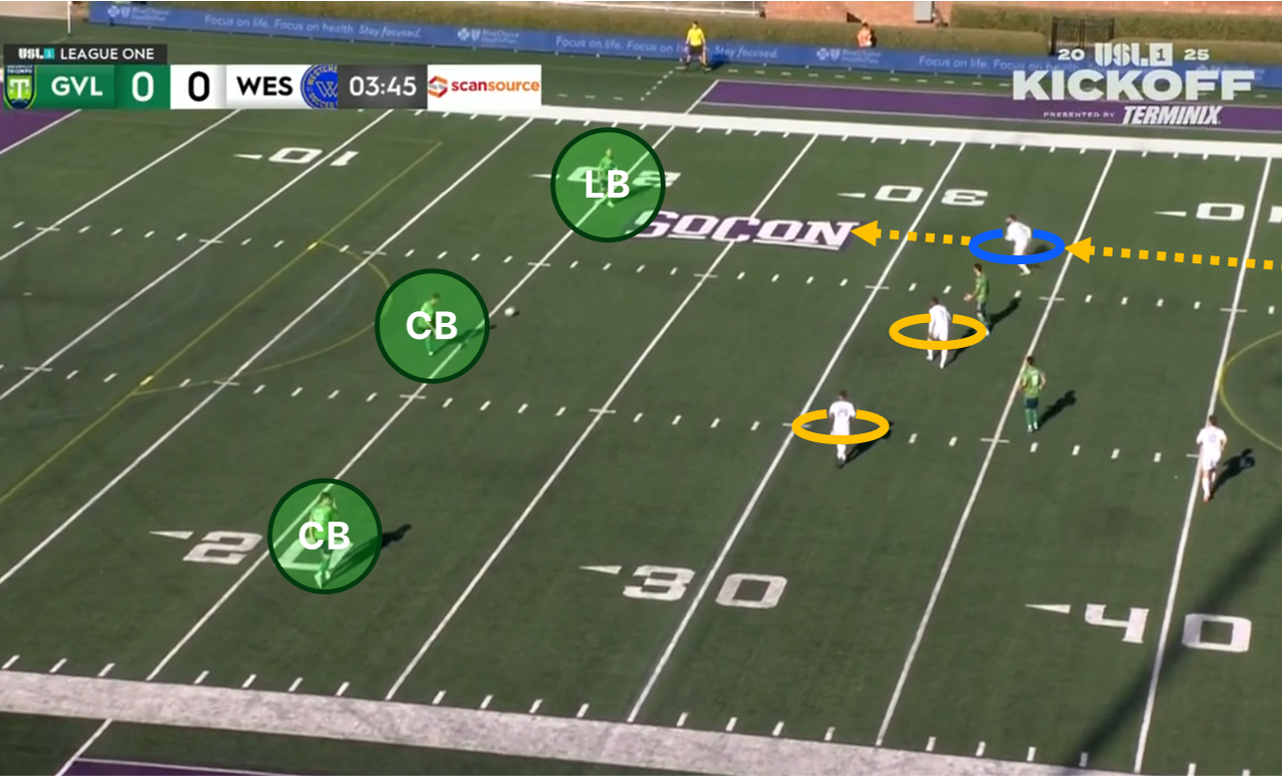
But love all your work John!
Can we slow the roll for Lexington. They beat Hartford! And it was the home opener